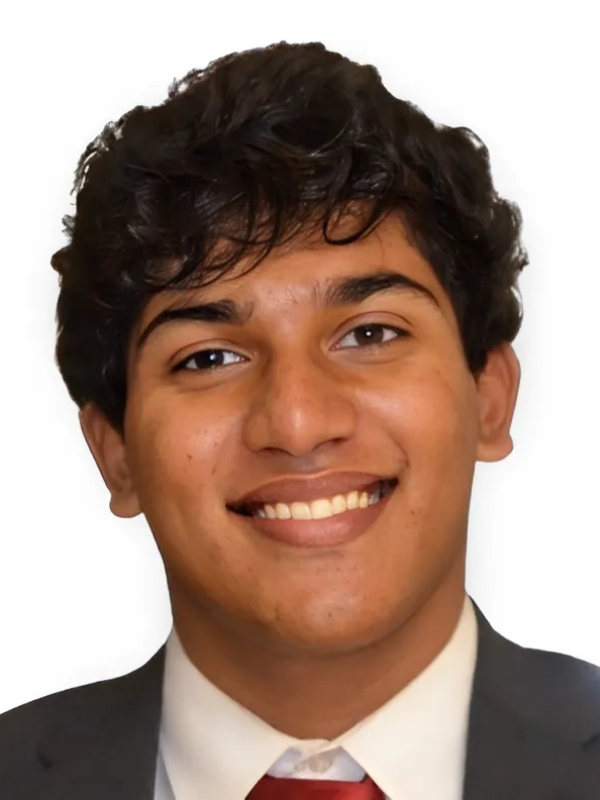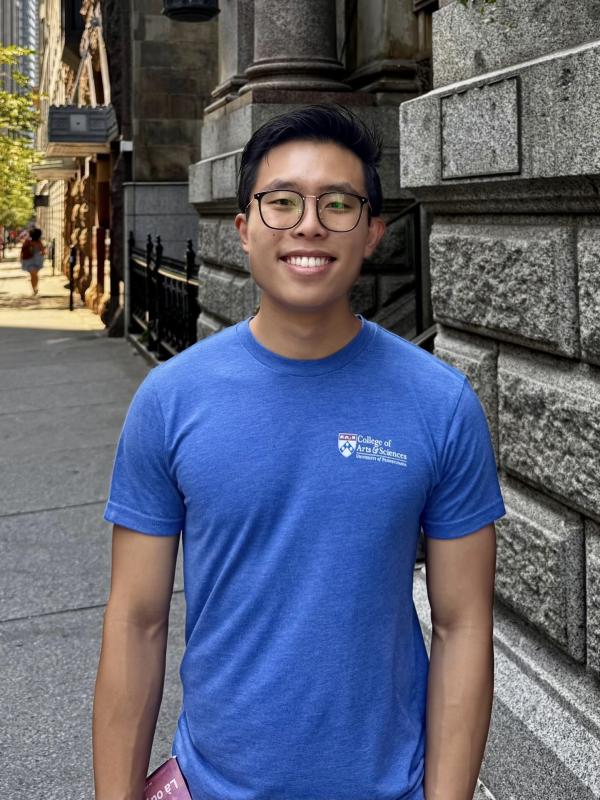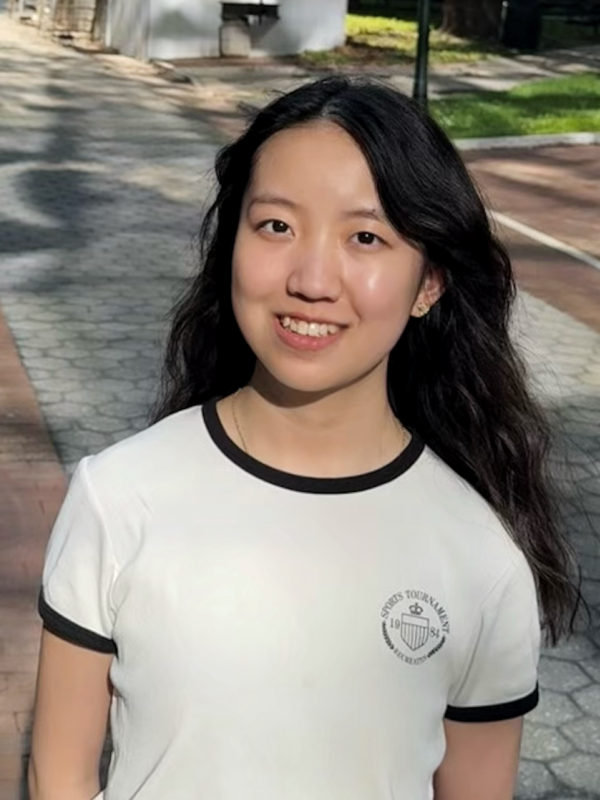
Cartilage Tissue Engineering for Laryngotracheal (Windpipe) Reconstruction
Join Our Mission: Help Children Breathe Again Through Cutting-Edge Tissue Engineering
Make a real impact while building your career!
Are you ready to be part of groundbreaking research that will save lives? Our lab is on a fast-track mission to bring engineered cartilage from bench to bedside. Your work won't sit in a lab notebook—it will help infants and children with subglottic stenosis breathe without tracheostomies.
Zarah Kazmi
I am interested in the intersection of computer science and healthcare, particularly in the development of medical assistive technologies and the application of machine learning to genomic data analysis.
Some of my past research experiences include developing a 3D environment for ALS patients to communicate and play games using eye gaze through the Stony Brook University Computer Science and Informatics Research Experience and analyzing the utility of classification-based machine learning models in predicting the outcomes of bone marrow transplants. My research paper based on my findings was accepted for publication pending presentation changes in Harvard’s Journal of Emerging Investigators.
On campus, I serve in the community development committees of both the Society of Women Engineers and Women in Computer Science, as well as the Penn Apps creative committee. Additionally, I am the Software Development Chair of Penn Math Competition.
Rohith Yelisetty
My research interests lie at the intersection of optimization and applied algorithms. I am particularly drawn to the vaccine vial industry and how it can be improved through better defect detection systems and optimized logistics. I am also fascinated by the application of algorithms in finance, especially in options trading, where I hope to explore whether complex market behaviors can be better predicted with data-driven models. Previously, I worked as a research assistant at MIT, where I helped analyze vaccine vials for defects. Our team’s work surpassed industry benchmarks and was accepted for publication in the IEEE Transactions on Instrumentation and Measurement journal. Outside of academics, I serve as an Assistant-Secretary General for the Ivy League Model United Nations Conference (ILMUNC), where I help coordinate one of the largest student-run conferences in the world. I am also a member of Penn Hyperloop, a competitive engineering team participating in The Boring Company’s Not-a-Boring Competition.

Lealem Melesse
As a freshman studying Electrical Engineering at Penn, I am actively exploring my research interests. Currently, I find transistors particularly fascinating and would love to investigate their intersection with nanotechnology as well as the energy sector. Beyond UScholars, I am also involved in Penn Electric Racing and the Jet Propulsion sub-team of Penn Aerospace.

Deep Learning Medical Image Formation
Using physics-informed deep learning algorithms to improve image quality in computed tomography and cone-beam computed tomography
The Neuroscience of Cooperation: Cracking the Brain’s Code for Teamwork
Have you ever wondered how our brains decide when to cooperate, or when to put our own interests first? In my lab, we study the brain circuits that make teamwork possible. To do this, we use treeshrews, small primate-like animals with surprisingly sophisticated decision-making abilities. We train pairs of treeshrews to play a cooperation game based on game theory, where sometimes they must “insist” on their own choice and other times “accommodate” their partner’s. While they play, we record brain activity in regions like the prefrontal cortex and anterior cingulate, which are critical for social decision-making. By combining these behavioral tasks with cutting-edge tools like multi-electrode recordings and optogenetics, we aim to reveal how brain circuits compute fairness, trust, and cooperation. This project offers undergraduates the chance to work hands-on with behavioral training, neural recordings, and data analysis, all while tackling one of the biggest mysteries of social neuroscience.

Digital pathology and AI in cancer research
AI supporting cancer research and clinical diagnostics
- Page 1
- Next page

